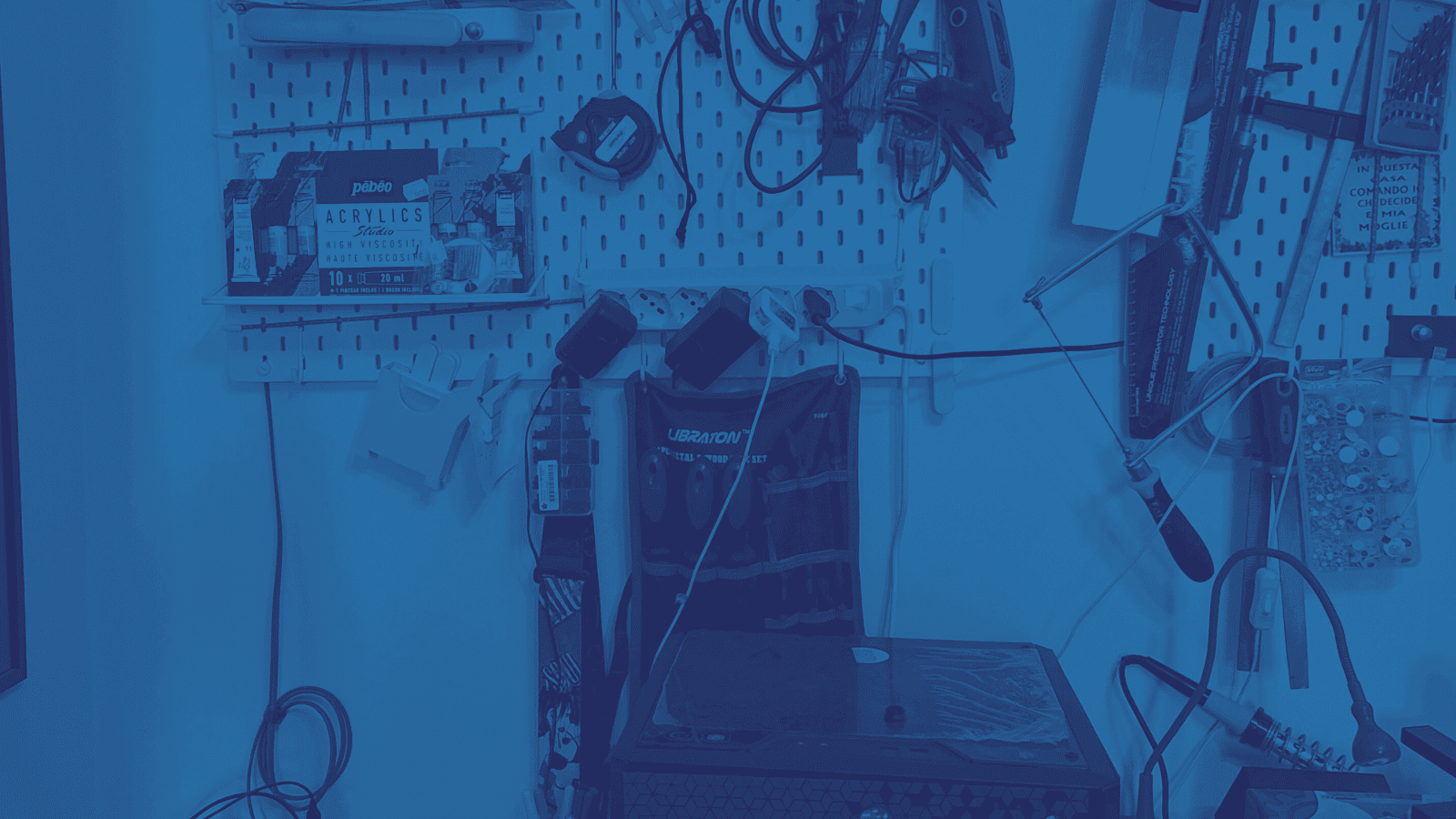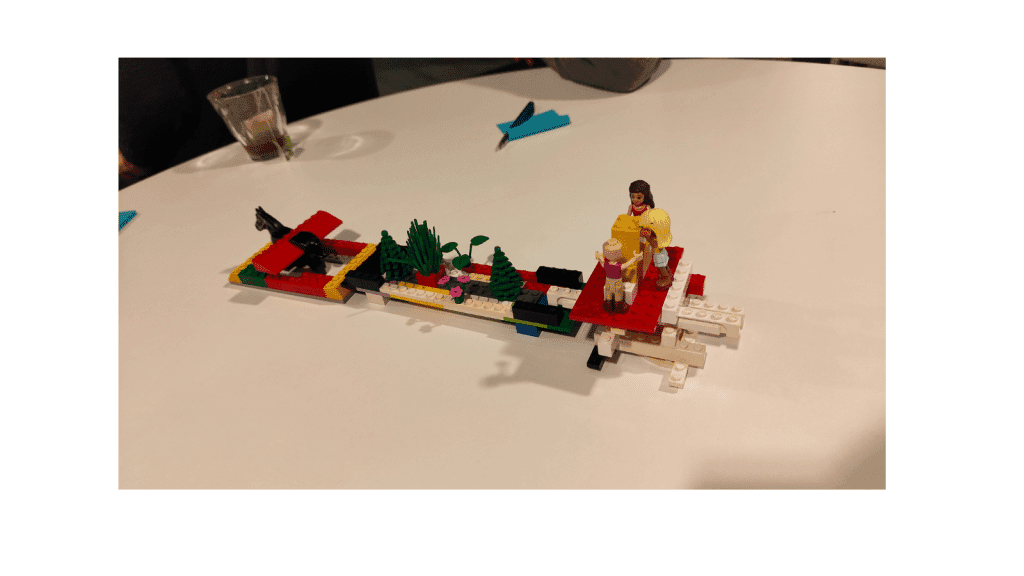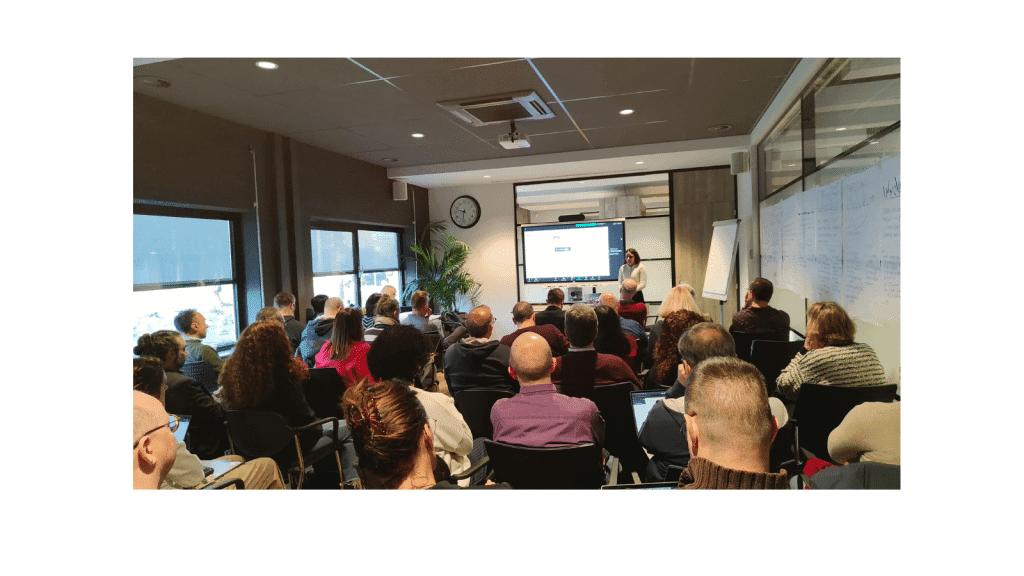'The Hybrid Work Playbook': Remote but Connected

At EGI Foundation, 50 staff members, distributed over 7 teams across 10 different countries, check in at work every day, from the Amsterdam office or from home. For the majority of our employees remote working, started as a measure to continue work during the pandemic, has now become the daily practice. A smaller cohort of staff combines working from home with selected workdays in the Amsterdam office.
But how does this set-up affect team work? Is it much harder to align with your team mates when you’re not in the same room - or does the channel through which we communicate not really matter?

Playing Remote Work Bingo during Tuesday Café
First of all, let’s take a look at the tools and channels that structure the daily worklife at EGI Foundation. Of course, there’s our tree of wisdom, source of knowledge and overlord of all information gathering: EGI Confluence. All knowledge, workflows, and documentation needed to work are all documented on our Confluence workplace (aka “if it’s not on Confluence, it does not exist”). It goes without saying that many colleagues actually spend a significant amount of time ‘on Confluence’ - it’s not only a documentation space but also a place where we, often collaboratively and simultaneously, collect notes, actions and to do’s for projects and other activities. Linked to Confluence is our JIRA ticket system - allowing everyone to track and report issues and actions. In the same vein, some of our more code-oriented colleagues report that their work is mostly on Github/Gitlab or other programming environments. We also collect information on events and meetings on Indico, and have a dedicated repository for internal documentation.
However, it’s not because you know where all information is to be found and are able to update others on your work, that you are truly working as a team. For this, you need some tools that allow for IRL chatting, talking and meeting. Our meetings, internal and external, usually happen via Zoom - although we do have staff members that prefer to pick up the phone (to the horror of some other employees!). Some teams work truly hybrid, with part of the staff in the office, and others calling in on the big screen.
But of course, the biggest interactive platform underlying EGI Foundation’s daily worklife is our beloved Slack. Through this platform, EGI staff is able to chat and call directly to every other employee, we can create thematic channels and groups around distinctive issues or projects, and it also provides a space for some non-work related ‘watercooler’ chats.

Lego Serious Play at our annual office meeting
What an actual work day looks like depends on the person and the nature of the work. In our previous blogpost we already discussed the many different approaches to a work day each of our staff members has - starting times, breaks, and closing hours can vary wildly (of course, always taking into account core office hours that need to be respected by every staff member). Then, the way of working also really depends on the type of work that needs to be performed: our Finance and Administration team has a different work structure than the Project Management, Strategy and Innovation, and Communications teams, and again these teams have a very different work schedule than the technical teams. Some teams have daily/weekly check-ins (via Zoom or Slack), while others work on a more ad-hoc (e.g. project or event based) basis with intense collaboration sprints with two or three colleagues focused on a certain project or topic. We even suspect some colleagues of communicating exclusively via Github and JIRA issues!

The annual office meeting: a rare occasion where all EGI Foundation staff find themselves in the same room!
So, what works well? All respondents answered along the same lines: a flexible individual schedule, structured around regularly scheduled check-ins with the entire teams and individual colleagues, helps most to balance the hybrid working life. The channels through which this happens do not really matter. What does matter, and is an attention point specifically for remote workers, is that there’s attention for non-work related chatter as well. Again, this varies from person to person and team to team: some teams have specific chit-chat moments for ABW (anything but work) talk, while others schedule in dedicated time for private chats (such as a shared virtual coffee break or lunch) to check in with each other (you could compare these with watercooler time or coffee and lunch breaks in a non-remote working environment). In addition, our office team organises a nice ‘Tuesday Café’ session every month: a lunchtime break with a place for banter, games, but also desk yoga or a quiz (coming up: Guess whose Christmas Tree you see!)
If there’s one thing that many people point out, it is that online tools and spaces can never entirely replace in-person interaction: a lot of opportunity for brainstorming, creativity, and even empathy, does not translate that well to a virtual environment. At EGI Foundation, we try to remedy this by ensuring that staff can meet each other in real life by organising in-person team meetings, stand-alone and attached to our annual conference, and having regular in-person annual meetings at our Amsterdam office (like the one coming up early December).
We hope this blog series gives you a better insight into how we work at EGI Foundation. Maybe some of our ways can inspire you!
If you are curious about how a typical day in the life of our staff members looks like, make sure to check out last month's post in the 'Life @ EGI Foundation' blog series: 'A day in the life'.

Come work with us!

Discover how our employees go about their day working from home


If you’re looking for a rewarding career where you can learn, grow, and make a

The EGI Foundation delivers core services enabling the EGI Federation to operate and serve research
